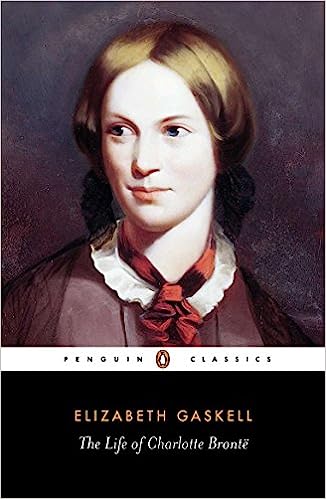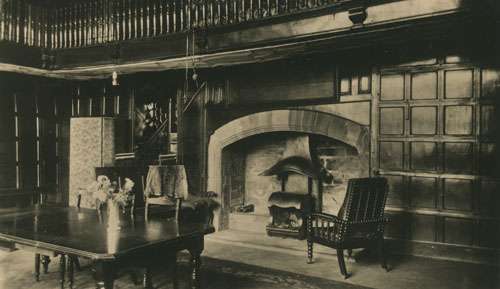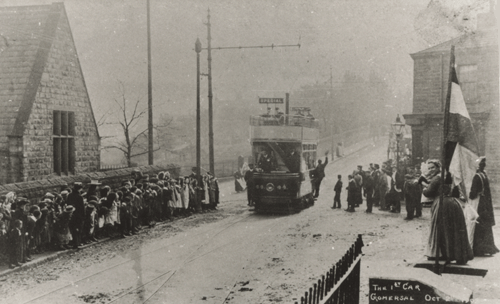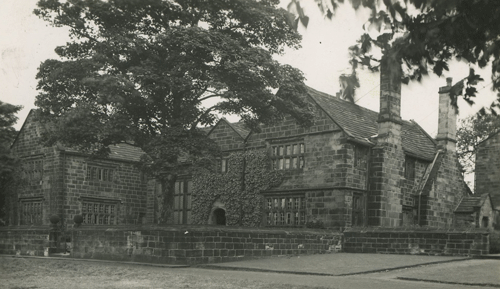Charlotte Brontë

Charlotte Brontë (21 April 1816 – 31 March 1855) was an English novelist and poet, who remains one of the most famous Victorian women writers, solidified by the success of her novel Jane Eyre. Born on 21 April 1816 in the village of Thornton, West Riding, Yorkshire, the eldest of the three Brontë sisters who survived into adulthood and whose novels became classics of English literature.
Oakwell Hall was built in 1583, today it recreates the period in the 1690s when it was home to the Batt family who were Royalists. Charlotte Bronte visited the Hall in the 1830’s and featured it as “Fieldhead” in her Novel “Shirley”.
“she and her uncle walked up the broad, paved approach leading from the gateway of Fieldhead to its porch. She followed Mr. Helstone reluctantly through that porch into the sombre old vestibule beyond.”
Charlotte Bronte; Shirley (1849)

Oakwell Hall Interior (Maggie Blanck)
Red House, in nearby Gomersal, provided the inspiration for “Briarmains” in “Shirley”.
Charlotte enlisted in school at Roe Head, Mirfield, in January 1831, aged 14 years. She left the year after to teach her sisters, Emily and Anne, at home, returning in 1835 as a governess.

The 1st Car, Gomersal, October 2, 1903 (Maggie Blanck)
In 1839, she undertook the role of governess for the Sidgwick family, but left after a few months to return to Haworth, where the sisters opened a school but failed to attract pupils. Instead, they turned to writing and they each first published in 1846 under the pseudonyms of Currer, Ellis, and Acton Bell.
Although her first novel, The Professor, was rejected by publishers, her second novel, Jane Eyre, was published in 1847.

Oakwell Hall, Birstall (Maggie Blanck)
The sisters admitted to their Bell pseudonyms in 1848, and by the following year were celebrated in London literary circles. Charlotte Brontë was the last to die of all her siblings. Although saddened by the early deaths of her siblings, she continued to publish novels—Shirley in 1849, Villette in 1853—and enjoyed stimulating literary correspondences.
At the age of 38, Brontë married her father’s curate, Arthur Bell Nichols in June 1854 and became pregnant shortly after. She died on 31 March 1855, possibly from hyperemesis gravidarum, a complication of pregnancy which causes excessive nausea and vomiting.